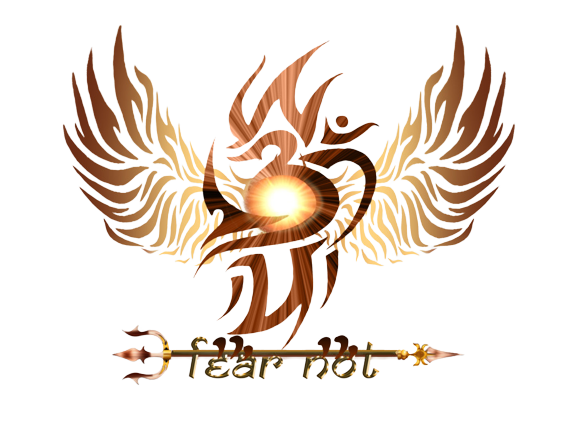Obsessive-compulsive Disorder (OCD)
Obsessive-compulsive Disorder (OCD) Treatment In Raipur, CG
Obsessive-Compulsive Disorder (OCD)

DEALING WITH Obsessive-compulsive Disorder (OCD)
Obsessive-compulsive Disorder (OCD) Overview
Obsessive-compulsive disorder (OCD) is a disorder in which people have recurring, unwanted thoughts, ideas or sensations (obsessions) that make them feel driven to do something repetitively (compulsions). The repetitive behaviors, such as hand washing, checking on things or cleaning, can significantly interfere with a person’s daily activities and social interactions.
Many people without OCD have distressing thoughts or repetitive behaviors. However, these thoughts and behaviors do not typically disrupt daily life. For people with OCD, thoughts are persistent, and behaviors are rigid. Not performing the behaviors commonly causes great distress. Many people with OCD know or suspect their obsessions are not realistic; others may think they could be true (known as limited insight). Even if they know their obsessions are not realistic, people with OCD have difficulty disengaging from the obsessive thoughts or stopping the compulsive actions.
A diagnosis of OCD requires the presence of obsessions and/or compulsions that are time-consuming (more than one hour a day), cause significant distress, and impair work or social functioning. OCD affects 2-3% of people in the United States, and among adults, slightly more women than men are affected. OCD often begins in childhood, adolescence, or early adulthood; the average age symptoms appear is 19 years old.
DEALING WITH Obsessive-compulsive Disorder (OCD)
Obsessive-compulsive Disorder (OCD) Obsessions
Obsessions are recurrent and persistent thoughts, impulses, or images that cause distressing emotions such as anxiety or disgust. Many people with OCD recognize that the thoughts, impulses, or images are a product of their mind and are excessive or unreasonable. However, the distress caused by these intrusive thoughts cannot be resolved by logic or reasoning. Most people with OCD try to ease the distress of the obsessions with compulsions, ignore or suppress the obsessions, or distract themselves with other activities.
Typical obsessions:
- Fear of getting contaminated by people or the environment
- Disturbing sexual thoughts or images
- Fear of blurting out obscenities or insults
- Extreme concern with order, symmetry, or precision
- Recurrent intrusive thoughts of sounds, images, words, or numbers
- Fear of losing or discarding something important
Obsessive-compulsive Disorder (OCD) Compulsions
Compulsions are repetitive behaviors or mental acts that a person feels driven to perform in response to an obsession. The behaviors typically prevent or reduce a person’s distress related to an obsession. Compulsions may be excessive responses that are directly relate to an obsession (such as excessive hand washing due to the fear of contamination) or actions that are completely unrelated to the obsession. In the most severe cases, a constant repetition of rituals may fill the day, making a normal routine impossible.
Typical compulsions:
- Excessive or ritualized hand washing, showering, brushing teeth, or toileting
- Repeated cleaning of household objects
- Ordering or arranging things in a particular way
- Repeatedly checking locks, switches, or appliances
- Constantly seeking approval or reassurance
- Repeated counting to a certain number
DEALING WITH Obsessive-compulsive Disorder (OCD)
Obsessive-compulsive Disorder (OCD) Treatment
Patients with OCD who receive appropriate treatment commonly experience an increased improved quality of life and improved functioning. Treatment may improve an individual’s ability to function at school and work, develop and enjoy relationships, and pursue leisure activities.
Cognitive Behavioral Therapy
One effective treatment is a type of cognitive-behavioral therapy (CBT) known as exposure and response prevention. During treatment sessions, patients are exposed to feared situations or images that focus on their obsessions, initially leading to increased anxiety. Patients are instructed to avoid performing their usual compulsive behaviors (known as response prevention). By staying in a feared situation without anything terrible happening, patients learn that their fearful thoughts are just thoughts rather than reality. People learn that they can cope with their obsessions without relying on ritualistic behaviors, and their anxiety decreases over time. Using evidence-based guidelines, therapists and patients typically collaborate to develop an exposure plan that gradually moves from lower anxiety situations to higher anxiety situations. Exposures are performed both in treatment sessions and at home. Some people with OCD (especially those with limited insight into their illness) may not agree to participate in CBT because of the initial anxiety it evokes.
Medication
A class of medications known as selective serotonin reuptake inhibitors (SSRIs), typically used to treat depression, can also be effective in the treatment of OCD. The SSRI dosage used to treat OCD is commonly higher than that used to treat depression. Patients who do not respond to one SSRI medication sometimes respond to another. Other psychiatric medications can also be effective. Noticeable benefit usually takes six to twelve weeks. Patients with mild to moderate OCD symptoms are typically treated with either CBT or medication depending on patient preference, the patient’s cognitive abilities and level of insight, the presence or absence of associated psychiatric conditions, and treatment availability. It is recommended that patients with severe OCD symptoms receive both CBT and medication.
